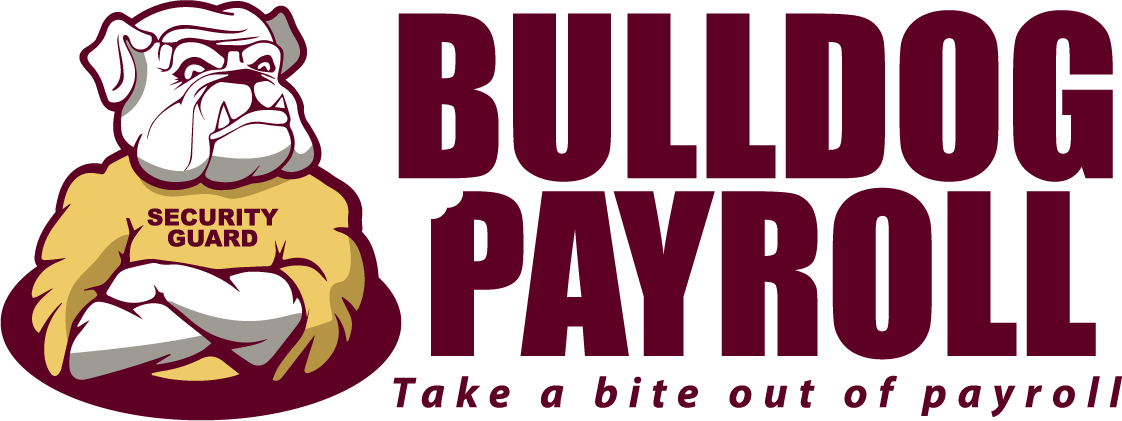Types of Wage Garnishments
Do you have employees who have court-mandated wage garnishments? The 2020 National Consumer Law Center stated over 4.5 million workers faced this action.
Calculating normal payroll, deductions, and taxes can prove confusing for many business owners. Adhering to the employee wage garnishment rules can add further complications.
The following guide explains this specific payroll mandate. Keep reading to learn more.
What Is Wage Garnishment?
Wage garnishment results when a court orders this solution to pay a debt. This action may also come from other authorized agencies.
This means employers must withhold a specified amount out of each paycheck. The money is then sent directly to the person or organization owed the money. You continue this process until the total amount is fully paid.
How Wage Garnishments Are Issued?
The process for garnishing wages must follow specific rules and limits. The Consumer Credit Protection Act (CCPA) establishes the procedure for debt payment.
Title III makes it illegal to fire a worker because they're subject to wage garnishment. This applies even if they have multiple levies or proceeding to collect the money. The employee isn’t protected if they receive a second or more action for future debt.
All personal earnings are subject to Title III proceedings. This includes salaries, wages, bonuses, commissions, pensions, and retirement pay. Most of the time it doesn’t include tips.
Defining Disposable Earning
Employers must follow all Title III rules. It defines “disposable earnings” (DEs) as the wage remaining after legally mandated deductions.
These include local, state, federal, Social Security, Medicare, and unemployment insurance taxes. The law may also require the inclusion of withholding for employee retirement accounts.
Deductions Not Subtracted
The law also defines the types of deductions not included in gross earnings adjustments. This includes the following examples.
- Charitable cause contributions
- Life and health insurance
- Retirement plan payments not required by law
- Savings bond purchases
- Union dues
- Voluntary wage assignments
You also shouldn’t include payments the worker makes to the employer. This includes the purchase of merchandise or payroll advances.
Wage Garnishments Limits
Title III defines the maximum amount of pay that’s withheld in a pay period. If the employee has more than one garnishment order, these rules still apply.
“Ordinary garnishments” exclude withholding for bankruptcy, state or federal tax, or support. The limit for garnishment of wages is the lesser amount of the following DEs.
The employer first calculates the worker's wage. This amount is then compared to the federal minimum wage (FMW).
For employees making less than $217.50/week, their income is below 30 times the FMW. In this case, no wage garnishment is allowed.
Employees earning over 30 times the FMW (over $217.50/week) are subject to garnishment. The maximum limit is 25 percent of the DEs. If you pay less often than every week, you must multiply the weekly maximums.
Is payroll a thorn in your side? Let us handle all the stress related to payroll so you don't have to...
Types Of Wage Garnishments
The Internal Revenue Service (IRS) or State Treasury Department defines wage garnishment types. It’s important for employers to understand and adhere to these requirements.
State and Federal Tax Levies
Upon receiving a notice of a state or federal tax levy, the employer must inform the worker. The worker then completes the Statement of Person Exemption part of the levy notice.
There’s a seven-calendar day limit to complete and return this form to the payroll department. If the deadline isn't met, the max amount allowed is withheld.
The amount of money that’s withheld depends on the limits previously described. The number of exemptions an employee claims also impacts the total wages taken.
Employers should continue garnishing wages and paying the designated entity each pay period. You will stop when you receive written notification from a legal authority. This may include the State Treasury Department, IRS, or a Bankruptcy Court.
Child Support & Alimony
Court orders to pay child support or alimony by garnishing wages have Title III limits. The law allows a max withholding of 50 percent of the worker’s DEs. This applies to individuals currently supporting another child or spouse.
For workers who aren’t supporting anyone else, they can have up to 60 percent taken. If they’re over twelve weeks behind on support payments, an extra five percent may be taken.
Federal Student Loans
In March 2020, the Coronavirus Relief Bill paused collection activities for most federal student loans. This moratorium is now effective until November 1, 2022. Before this law, the government could take up to 15 percent of your DEs to recoup defaulted loans.
State Income Taxes
Workers may face withholding of wages if they owe state income tax. This can also occur if unemployment compensation payments aren't returned as directed.
State government agencies rank lowest on the priority list for taking IRS refunds. Yet, in these types of situations, the worker may lose part or all of their federal tax return. This serves to pay their debts to the state.
Credit Cards
Credit card companies can recoup debt via wage garnishment. When opening an account, credit cardholders agree to make payments for their charges. If they default on their credit, the law helps companies get their money back.
First, the business must take the person to small claims court. The court will rule on the case and determine the method for debt repayment.
It’s key to know that four states don’t permit credit card companies to use wage garnishment. These include North Carolina, South Carolina, Pennsylvania, and Texas. Employers must comply with all state rules and court orders.
Wage Garnishment with Direct Deposit
Do you offer a direct deposit option for your workers’ payments? Today, about 82 percent of employees prefer this method.
But how does this work if you must garnish wages? You will notify your direct deposit agency about the ruling for wage garnishment. They will work with you to have the specific amount redirected.
Do You Worry About Adhering to the Rules for Garnishing Wages?
As an employer, do you struggle with calculating wage garnishments at payroll time? Bulldog Payroll relieves your stress by managing your payroll process. You'll find our solution easy to use because we've already taken care of every detail.
Our product gives your contractors and employees quick and accurate direct deposits. Reduce your time and expenses by converting to this paperless system. No more writing checks or filing paperwork.
Schedule a free consultation today to see how we can simplify your payroll.
Are you looking for more payroll processing information? Check out our
Ultimate Guide to Payroll Processing.
Is payroll a thorn in your side? Let us handle all the stress related to payroll so you don't have to...










